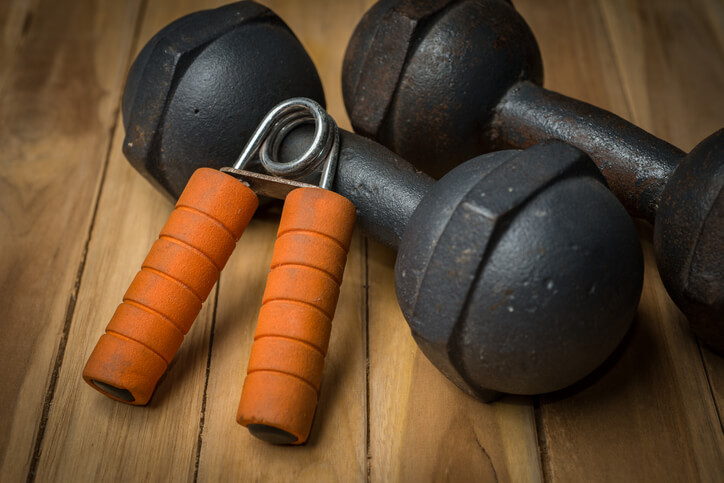4 Mindset & Gun Training Tips To Practice At Home
Mar 20th 2020

As many gun training experts would remind you, the key to any successful firearm training program is perseverance. But, what can you do when you can’t make it to the shooting range? If enough time passes, can you lose all the progress you’ve made? Fortunately, no! There are plenty of ways to practice your shooting skills at home without firing a single shot. Even better, you can work on aspects of your firearms training which you may have neglected until now.
If you can’t make it to the range, put your downtime to good use. Stay sharp with these simple tips to complement your firearms training, and contact us today to enroll in our tactical training courses.
Practice Dry Firing
Dry firing continues to be one of the best ways to improve sight alignment and trigger-pressing response without burning through heaps of ammo. Beginners and seasoned shooters alike can benefit from dry firing exercises. To begin, choose a safe target, draw the unloaded gun from the holster, aim, press the trigger, and reholster. Remember to maintain the same motions, stance, grip, and distance as you would when live firing.
While dry firing does not simulate the recoil and force exerted by a loaded gun, trainees can still practice some aspects of their shooting through dry-firing, including target aiming and body position. If you’re worried about the negative effects dry firing can have on your gun’s firing pin, use snap caps to prevent any unnecessary damage.
Exercise
While just about anybody can shoot a gun, not everyone has the physical and mental strength to do so well. This is why most firearms training professionals recommend regular exercise to complement gun training. In particular, any weight-lifting and bodyweight exercises that target the upper-body can improve a shooter’s ability to hold heavier firearms and handle more recoil or kick.
Just like with any other training regiment, the key to a successful workout is perseverance and progress. As you get stronger and push through these exercises, try decreasing your rest time, increasing the weight you’re using, or increase the number of repetitions. Some at-home exercises that are particularly useful for gun trainees include the following.
- Hand-Grippers
- Farmer’s Carry
- Plate Pinches
- Back Extensions
- Pull-Ups
- Leg Raises
Meditate
Similar to combat breathing exercises, meditation can be an effective way to improve concentration, stress-management, and quick-time response, all of which make for better shooting. There are many ways to achieve a meditative state. The most common is to sit in a quiet space, close one’s eyes, and focus on breathing deeply from anywhere between a few minutes to an hour. The goal is to clear the mind from distractions and focus entirely on the rhythm and source of one’s breathing.
It may not seem like much but, with a few meditation sessions, you can feel more at ease, less worried, and better able to concentrate. Meditating can also be an easy introduction for gun trainees into the world of tactical mindset training, which is designed to prepare trainees for a wide variety of stressful situations and hostile environments, among other purposes.
Get Out Of Your Comfort Zone
While shooting can become a favorite pastime for many, it is often related to stressful and outright dangerous situations. In particular, any unexpected situations which put our lives at risk can be incredibly difficult for anyone to handle. To prepare for the unexpected, sharpen your stress-management skills by getting out your comfort zone. By changing a few simple habits, such as showering with cold instead of hot water, gun trainees can develop greater determination and practice handling uncomfortable and difficult situations.




